5-Minute Speech Therapy Sessions: How Long Should Speech Therapy Sessions Be?
What if I told you there was a way for your clients to make faster progress with less time in therapy? I’m guessing you’d be all about it, right? Well, the 5-minute model has shown itself again and again to be exactly the solution we need. By seeing children 2-5 times per week for only five minutes each, we see faster gains on articulation, phonology, and other drill-and-practice skills. Read on to find out how this works!
How Do 5-Minute Speech Therapy Sessions Work?
Instead of seeing your clients in a group for 30 minutes, you see each child individually for 5 minutes. I like to pull the students right outside their classroom and do it in the hallway so we reduce the travel time (and I can get more clients seen in less time). I set a timer for 5 minutes and we drill, drill drill. No games, no fluff, nothing to prep. Just me, the child, and our artic cards. Once the timer goes off, I send them back to class. Then, repeat! 5-minute speech therapy sessions are usually conducted 2-5 times per week.
Are 5-Minute Sessions Research Based?
Yes! This model has been studied multiple times with amazing results. Studies show that children learn faster with distributed practice vs. mass practice and results of a meta analysis showed that high intensity interventions (2-3 sessions per week of 70+ trials) were most effective for children with speech sound disorders.
The 5-Minute Kids program conducted a study which showed that children receiving nine 5-minute sessions were dismissed in about half the time of children receiving seven 30-minute sessions per month.
How Many Repetitions/Trials Can you Get in 5 Minute Speech Therapy Sessions?
Learning a new skill is all about repetition. The more times a child practices the new skill, the faster he/she will learn it. But can we can get the same number of trials/repetitions (or more) in a 5-minute individual session as we can in a 30-minute group session? Check out this recording of a 5-minute /r/ session that I did while I counted my reps:
@carrie_clark_slp Faster progress in less time with 5 minute speech therapy sessions! Watch to see how many repetitions (reps) of /r/ practice I can cram into 5 minutes. The shorter time means I don’t have to play games and do other activities to keep kids interested. We can hit the skill hard then get them back to class. #speechtherapy #speechlanguagepathologist #slpsoftiktok #slplife #speechdelay #articulationtherapy #schoolslp ♬ original sound - Carrie Clark SLP
How to Run your 5-Minute Therapy Sessions
- Schedule in a block of time to see your 5-minute kids: You can probably see 4-5 kids during a 30-minute block, depending on how far apart their classrooms are.
- Pull each client to the back of the classroom or right outside their door. This eliminates the travel time and minimizes transition time
- Set a 5-Minute Timer
- Do Reps for 5 Minutes: Challenge the client to see how many reps he can get in 5 minutes (use a sports clicker if it motivates him). Provide prompts and cues to help establish the skill or get to the next level. Articulation Station Hive is a great app for prompting artic/phono. For language, I keep photo albums of stock photos on my tablet for prompts.
- When the Timer Goes Off, Send the Client Back: If you have another client in that classroom, you can have the first child tag in the second.
- Repeat! 5 Minutes per week isn’t going to cut it. Most of these programs and studies recommend between 2-5 weekly sessions, depending on the severity of each client.
What if the Child Starts to Lose Interest?
The nice thing about 5-minute sessions is that it’s not a long session so most of the time, you can keep a child working for that amount of time. But sometimes, they start to get squirrely or start to have trouble focusing by the end. Here are a few tips for helping with that:
- Show them the timer and challenge them to see how many more reps they can get in before the timer goes off
- Use a sports counter/clicker to count how many reps they get. Let them be the one to click it for every rep and see if they can get a “speech high score”
- Strike a Pose! Have the child hold a pose while saying the next few words. Some of my favorites are standing on one foot (and then the other, gotta even it out), downward dog yoga pose, holding a plank/push-up position, and between your legs (bend over and say them backwards through your legs).
- Walking Sessions: Take a walk around the school. Try to time it so you make it back to their door around the 5-minute mark. This is especially helpful for children at the carry-over or generalization phase where you can just practice their sounds in conversation.
How to Handle Distractions During 5-Minute Sessions:
I know the hallway isn’t the quietest place around. Here are some tips for doing 5-minute sessions in a noisy, busy school.

About the Author: Carrie Clark, MA CCC-SLP
Hi, I’m Carrie! I’m a speech-language pathologist from Columbia, Missouri, USA. I’ve worked with children and teenagers of all ages in schools, preschools, and even my own private practice. I love digging through the research on speech and language topics and breaking it down into step-by-step plans for my followers.
Fun Fact: I didn’t realize that I had ADHD until I was an adult. It all clicked when I read that people with ADHD are motivated by things that are challenging, novel, or highly interesting. If a task doesn’t fall into one of those three categories, we have a hard time getting it done. I’ve subconsciously accommodated for this my whole life by setting challenges for myself or doing mundane tasks in novel ways, like doing my homework in a (dry) bathtub instead of at the kitchen table. Understanding how our brains work can be incredibly empowering and I love helping children understand these things as well!
Connect with Me:
Listen to the Podcast Version of this Info:
Podcast: Play in new window | Download | Embed
Subscribe: Apple Podcasts | RSS


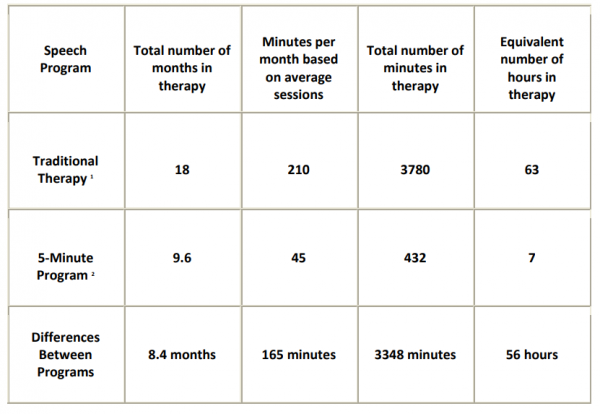
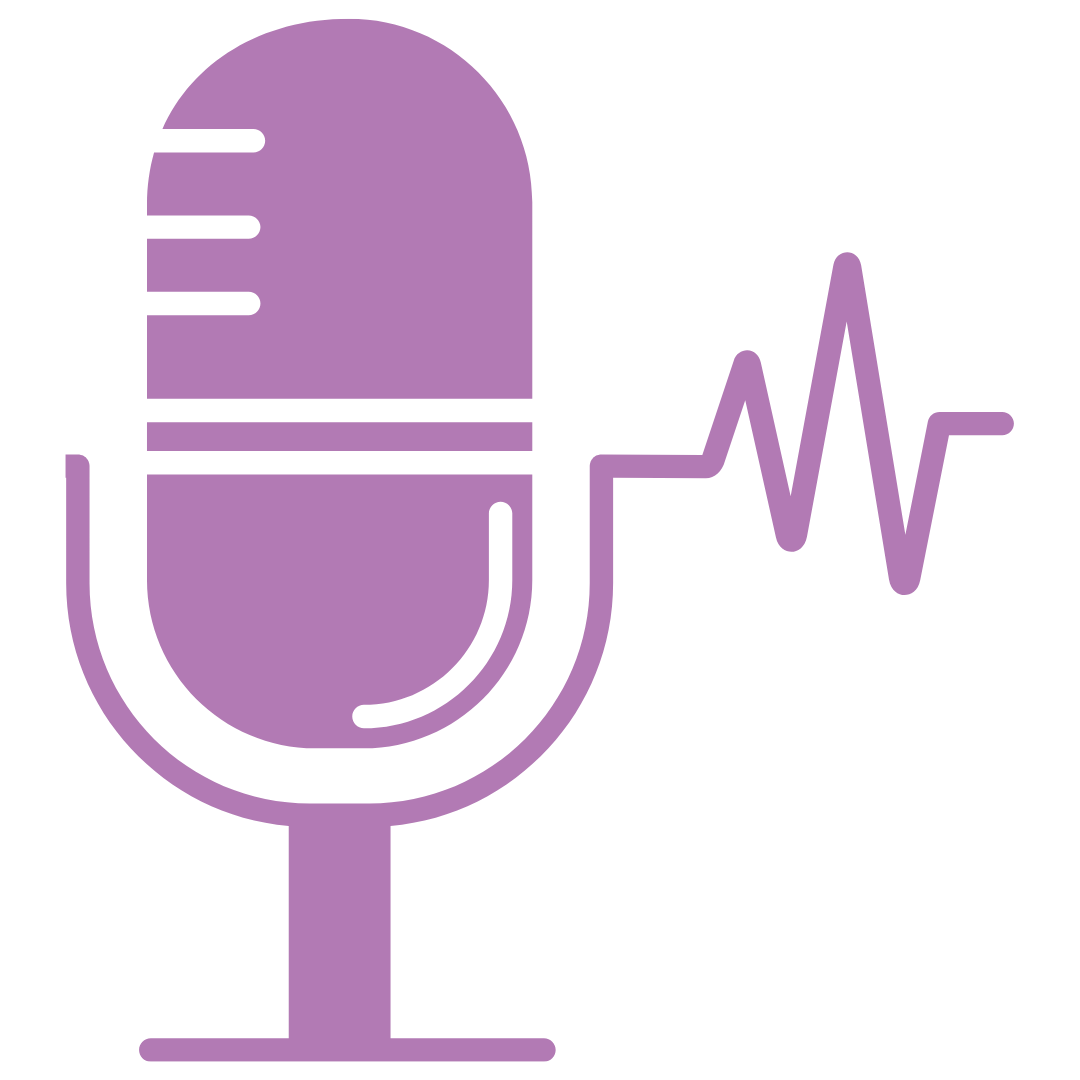
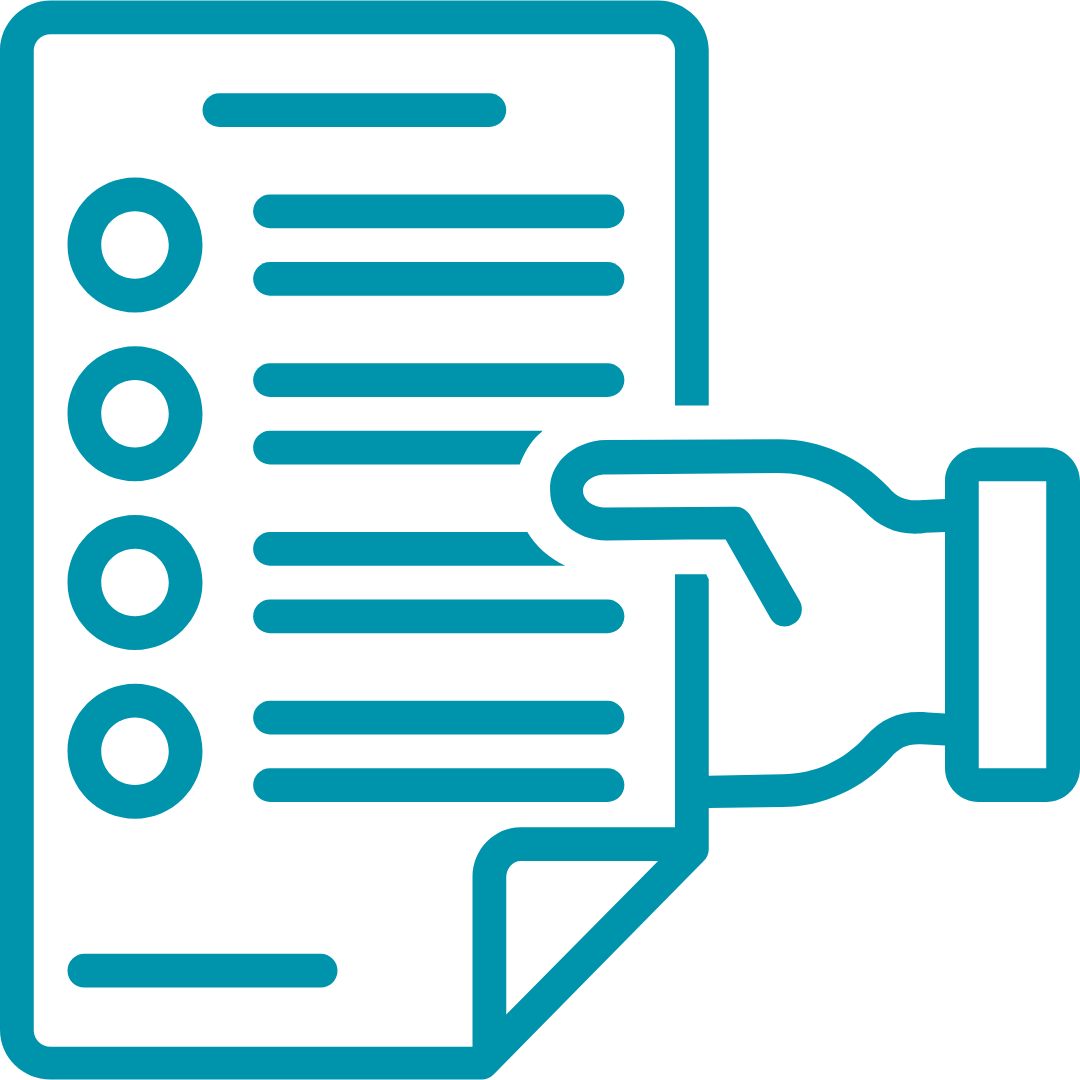

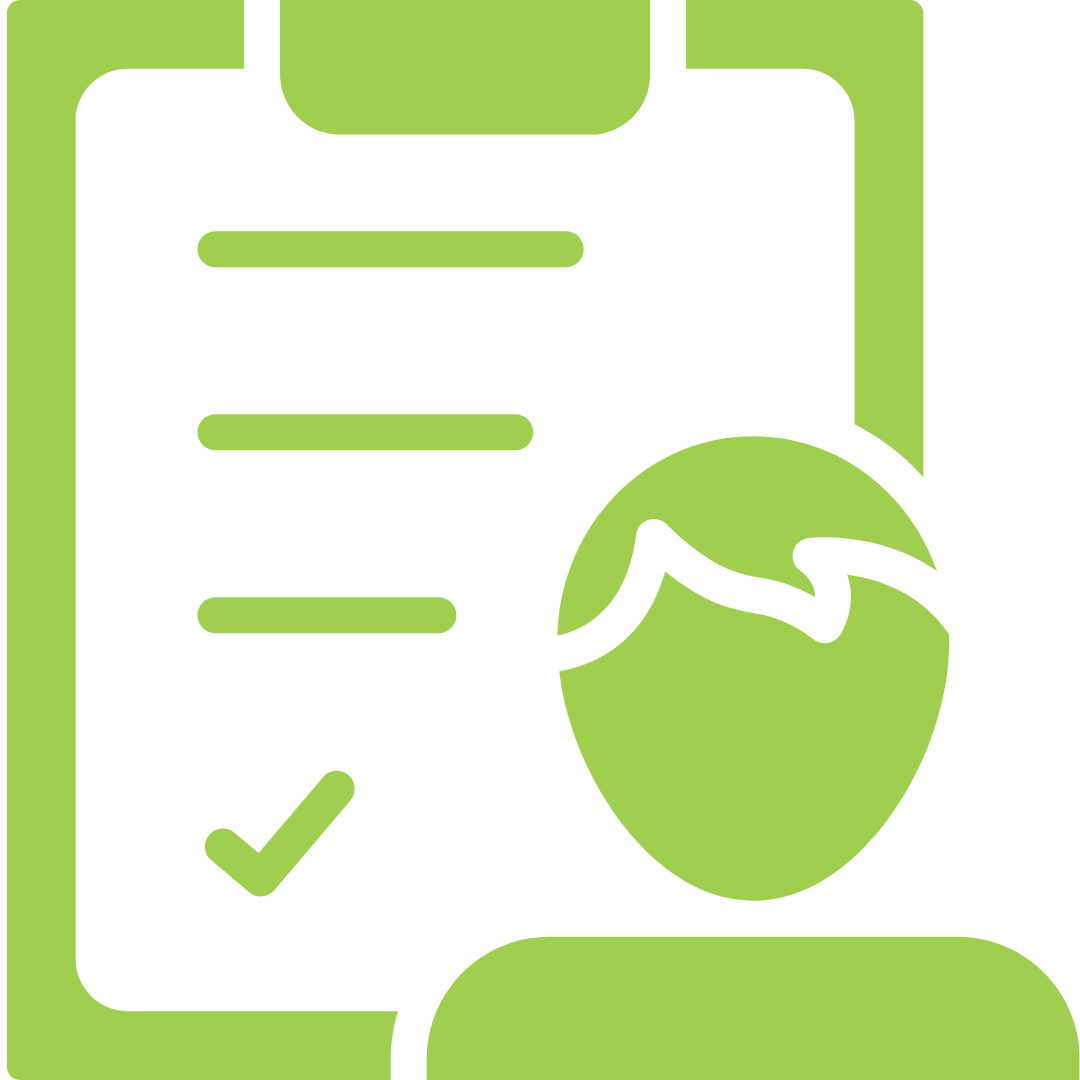
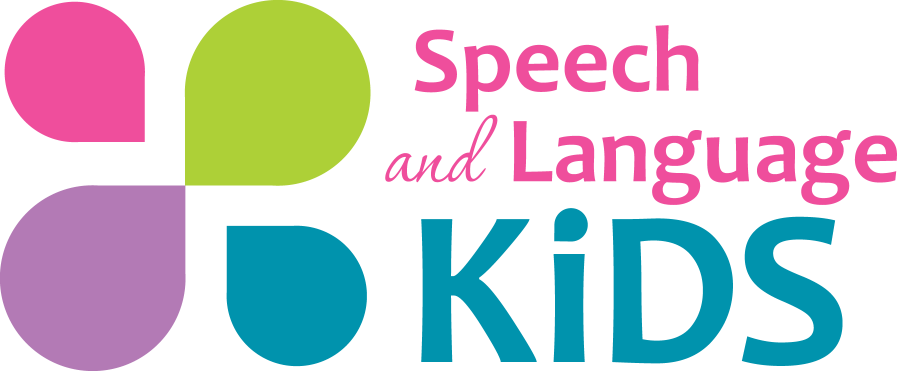
Thank you. I have move to distributed practice for my students with CAS and have had positive results. Thank you for providing some research which is always helpful when trying to convince parents and educators.
Absolutely! I’m glad you’ve seen some success with a model like this. I think it can be very useful, especially for kiddos with CAS.
Very interesting idea – but I see a problem with logistics. You would almost have to block out a thirty minute period (ok, maybe 20), to get the students to the therapy room, have five full actual minutes of uninterrupted therapy, and take care of data collection. But still, not a bad idea! I like like the ‘concentrated’ dose!
I believe the way these therapists did it was to go to the classroom and pull the child just outside into the hallway, do the therapy quickly and send them back into class. If you took quick data while the child was practicing, you should be able to get away with just a minute or two between classrooms as you move on to the next room and then a few minutes at the end of the day to collect all of the data. They also talk about how planning would be shorter because you don’t have to plan some elaborate game to keep the children interested. I think it would be possible to do this in less time than the traditional model but you may have to come up with some creative ways to rethink old habits. Definitely worth thinking about though!
At the end of last year, during annual reviews, I scheduled 2 students for this delivery model for the upcoming year. The parents were very happy with the concept. Thanks for the resources! And by the way, my baby is the same age as yours…and we’re also not getting any sleep!
That’s great! (about the scheduling, not the sleeping!) Let me know how that works for those kiddos! I hope that we both start getting some more sleep soon though! Good luck!!
Hi Carrie- another great program is Speedy Speech. You can check out the all-inclusive programs at http://www.speedyspeechtherapy.com. Speedy Speech™ is an all-inclusive, evidence-based Speech Therapy program that will revolutionize your therapeutic sessions and improve how you remediate articulation errors.
This innovative program is designed to help children correct speech errors quickly and efficiently through short 5-10 minute, one-on-one drill sessions. The Speedy Speech™ program incorporates the latest therapeutic techniques in the field of Speech-Language Pathology and is fully modifiable to meet your specific therapy needs. It contains all the materials you need to conduct drill burst, intensive artic therapy.
Our programs are available for both speech professionals and parents, and include all of the materials necessary for instruction. I am the Speedy Speech program educator for the Midwest and I would be happy to consult with any SLP or school district on how to implement this amazing program into your school caseload. I am a full-time SLP based in public schools and I use Speedy Speech; our co-op’s team of SLP’s have made the transition and have seen great success. We either see students outside of the classroom door or push in to the classroom. We also use it for RTI.
Feel free to contact me if you have any questions or want additional information! Thanks for all the great info on your website. I just downloaded your ‘where ?’ file folder game and used it today!
Kim Power, M.S. CCC-SLP
This is perfect, thanks Kim! I have suddenly had a lot of people asking about this but I didn’t know anything about it. I’m so glad you mentioned this. I encourage everyone to follow the link and check it out!
What are the differences between speedy speech and 5 minute speech?
I’m not familiar with the speedy speech program but from a quick glance at the website it looks like it follows the same premise. Just a different commercial program describing the same technique, I think.
I am very interested in this model and have been experimenting with it the last two years. I have used both programs and while the idea of shorter more frequent sessions is very similar, there is definitely a difference in the materials. I started out using the 5 minute kids program but I recently got Speedy Speech and I think it’s much better because of how the words are grouped together in near-minimal triplet sets. As opposed to just randomly selected target sound words, the Speedy Speech program groups the words based on phonemic characteristics. Not only does this help with auditory discrimination, but it also feels like it has an integrated motor piece with the repetitive oral movements made when saying the words in the sequence presented… Which also makes it great for your apraxia kids. I just started with this program this year, but so far I see my kids making very fast progress. I also like that the book gives you suggestions of how you can use the words and colorful pictures for language. It also includes teacher/parent letters and a years worth of homework which is an amazing time saver. Currently some of the classroom teachers in my school are starting to use it for RTI and they seem to be getting good results. Lastly, Speedy Speech is very systematic and super easy to follow. It’s very easy to collect data and the kids take pride in seeing how they progress from session to session.
That’s awesome! Thank you so much for sharing your experiences with those programs. I’m not familiar with speedy speech so I’ll have to look into it! Thanks for the comment!
Looks interesting, but how do you bill for the sessions? Most school districts bill Medicaid and I believe it has to be in 15 minute increments. How does this system work with billing?
That is a good question that I don’t know the answer to! Many school SLPs are doing it this way so I would start asking around in Facebook groups or other social outlets and see if you can get someone who’s doing it!
How would you bill for this time?
Hey there! Thanks for reaching out! Billing does get awkward for the 5-minute sessions because some payers won’t let you bill for 5 minutes. Some will allow 10 minutes so if billing is a problem, you can try switching to that.
Canadian SLP here. It is amazing to see the results outlined by 5 Minute Kids approach. Here we have an approach that dismisses kids in nearly half the time. The amount of direct therapy minutes for 5 Minute Kids is 11% of what traditional therapy is. It is amazing the bean counters have not clued in to this. Anyway, I think this illustrates how much fluff we as SLP’s bring to the therapy sessions. We always start with this assumption that is mission critical to create a festival of activities to keep the individual entertained. I think this is where our profession has lost the plot. Maybe some research should look at how the emphasis on fun and games is making us less effective. SLP’s are not tanning beds. Being in our presence is not what is therapeutic. It is what we do with our clients. The number reps during a session is a good start of where to look at being more effective. Having done the dance of high repetition therapy for over 20 years has been lonely. We are definitely the exception and not the norm.